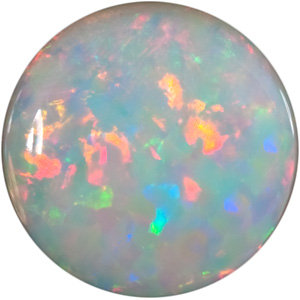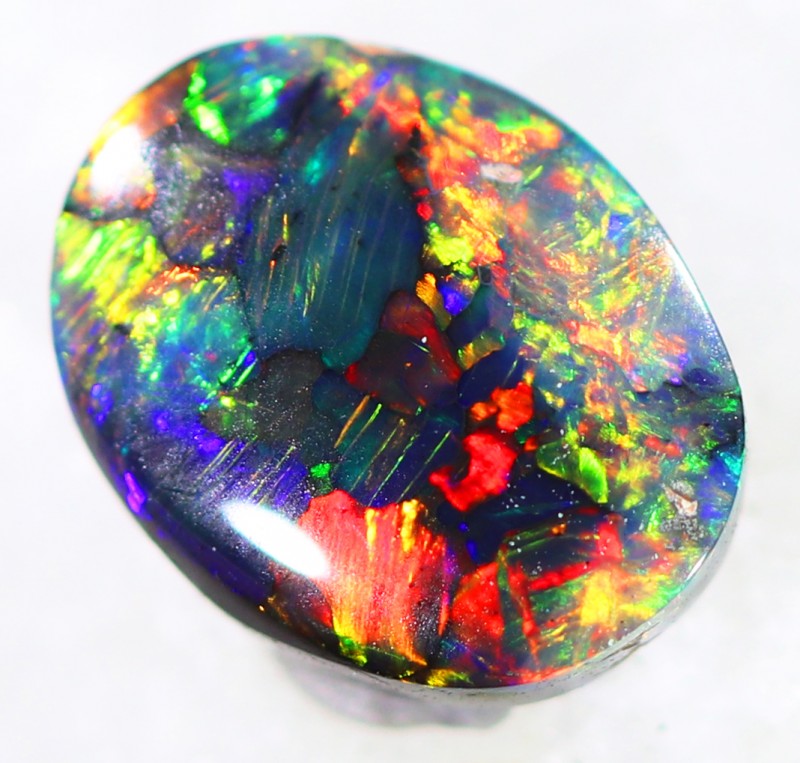October Birthstones
/Opals
The name “opal” originates from the Greek word opallios, which meant “to see a change in color.” The Roman scholar Pliny used the word opalus when he wrote about this gemstone’s kaleidoscopic “play” of rainbow colors that could simulate shades of any stone.
Opal’s characteristic “play-of-color” was explained in the 1960s, when scientists discovered that it’s composed of microscopic silica spheres that diffract light to display various colors of the rainbow. These flashy gemstones are called “precious opals;” those without play-of-color are “common opals.”
Dozens of opal varieties exist, but only a few (like Fire Opal and Boulder Opal) are universally recognized. Opals are often referred to by their background “body color”—black or white.
The water content of opal gems can range from three to 21 percent—usually between 6 and 10 in gem-quality material. This, combined with hardness of only 5.5 to 6 on the Mohs scale, makes opal a delicate gemstone that can crack or “craze” under extreme temperature, dehydration, or direct light.
Wearing opal jewelry is well worth the extra care, though. For centuries, people have associated this precious gemstone with good luck. Though some modern superstitions claim that opals can be bad luck to anyone not born in October, this birthstone remains a popular choice
Tourmaline
The name "tourmaline" comes from the Sinhalese words tura mali, which mean "stone of mixed colors." As its name implies, tourmaline stands apart from other gemstones with its broad spectrum of colors in every shade of the rainbow.
Tourmaline is not one mineral, but a fairly complex group of minerals with different chemical compositions and physical properties. Certain trace elements produce distinct colors, and many resulting varieties have their own names.
Tourmaline is mined in Brazil, Sri Lanka, Nigeria, Mozambique, Madagascar, Afghanistan, Pakistan and the U.S.—primarily Maine and California.
Tourmaline is desirable because of its sheer range of color options. Combined with a good hardness of 7 to 7.5 on the Mohs scale, tourmaline makes very wearable birthstone jewelry.
Various colors of Tourmaline







